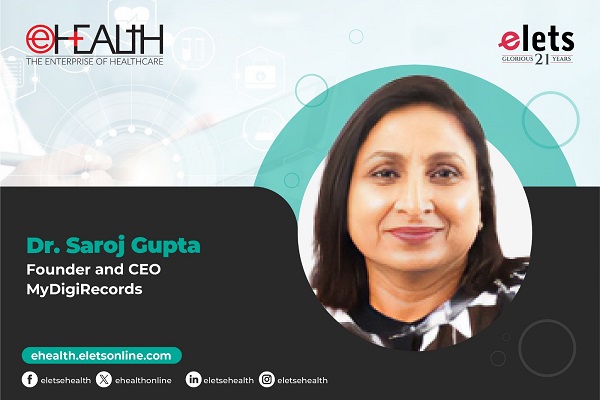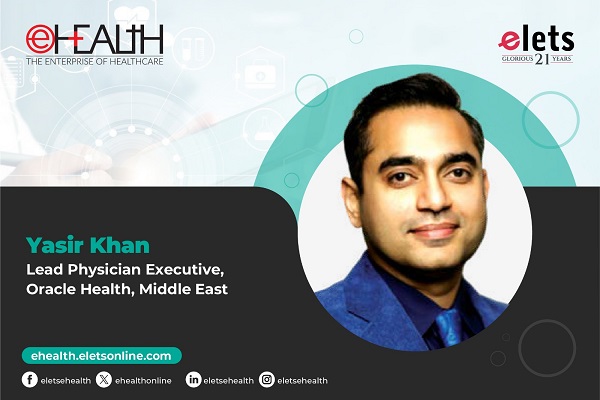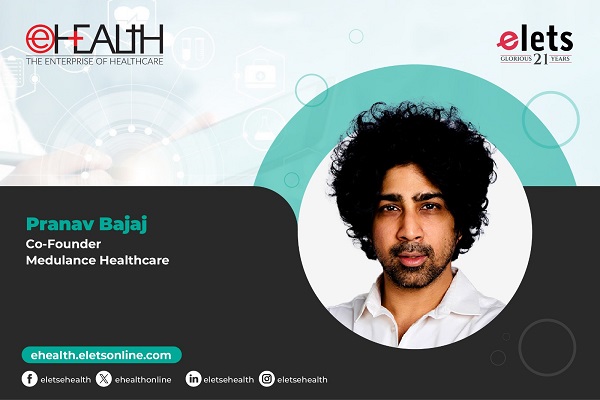Wipro HealthCare IT, a division of Wipro technologies, is a dedicated health information technology company offering a suite of products for healthcare providers. The company is backed with the experience of implementation at various hospitals, globally. Harbir Sawhney, General Manager of Health-IT division of Wipro, shares his perspectives on the health IT scenario and Wipro’s initiatives in this space.

Harbir Sawhney
GM-Healthcare IT
Wipro
What are the current offerings of Wipro for the healthcare industry in India? How do you address the mix of small, medium and big healthcare enterprises existing at present?
Wipro offerings address the provider space. Our products cover the needs of hospitals, clinics, and medical diagnostic centers. For medium size hospitals, which are typically between 50 and 150 beds, and to large hospitals with beds exceeding 150, we implement the Wipro HIS product (Hospital Information System). Certain modules like ‘Blood Bank’, ‘Diet & Nutrition’ would typically apply to large hospitals. For small hospitals, which are less than 50 beds, we implement the Wipro HIS Lite product. For certain medium size hospitals we can also provide a combination of HIS Lite and the Materials (MMS) module of HIS. For enterprise class hospitals, which we designate as hospitals with multi locations we also have a product called the CDR – Clinical Data Repository. The CDR can consolidate a patients clinical data from various hospitals and present a single view of patient history to the doctor.

Among the emerging markets how do you gauge India with respect to IT uptake in the healthcare industry? What measures need to be in place to facilitate the market growth?
The government sector in the Indian market space has taken the lead with projects such as ESIC and Indian Navy hospitals, wherein Wipro HIS product is under implementation. Several state governments have announced large e-Governance projects with a large eHealth component. In the corporate sector also we have seen announcements by Fortis and Max. Legislation making EMR, PHR & ePrescription mandatory will ensure wider adoption of IT technology. Also consumer awareness towards electronic medical records needs to be increased through advertisements.
Earlier this year, Wipro bagged the Rs. 1182 crore IT outsourcing contract from Employee’s State Insurance Corporation of India. What is your perspective regarding the scope and opportunities of this project in terms of modernising healthcare delivery? What are the inherent challenges involved in this kind of a project?
The ESIC project is one of its kind e-Governance project in the world wherein over 2000 locations comprising around 1500 dispensaries and hospitals will be integrated into a single eHealth environment. Data center will be centralized and all locations will be connected through a MPLS cloud. This project will ensure a near paperless health management of patients. Patient registration, identification, medicine prescriptions, clinical observations, billing, lab investigations, etc. will be completely electronic in nature. The HIS product will interface with Insurance, ERP and Campus Management systems. The deployment of the CDR system will ensure that a patient’s clinical record, popularly termed an EMR or Electronic Medical Record will be accessible from any of the ESIC hospital locations.
Fundamental challenges will be HIS product training to a large population, dealing with change management, last mile connectivity issues and roll out of the system to such a large number of locations in a short timeframe.
Wipro has been relatively slow in tapping the domestic healthcare enterprise market over last few years. What were the challenges faced therein and what are the strategies in capitalising on that segment in coming years?
Upgradation of technology is always a challenge in a large enterprise class product. It took a while to upgrade from our VB based code to a .Net 3 tier architecture. We have seen great success with our version 3.x product with installations at AMRI-Kolkota, Sagar Hospital-Bangalore, Rainbow Hospital-Hyderabad, Rockland Hospital-Delhi and many others. Enhancement of features and functionality, moving to a SOA architecture, availability of the product with multiple databases, making available a ‘Cloud Computing’ or ‘SaaS’ model, greater sales and marketing coverage, aligning with partners with complimentary products would be the strategies to increase our market share.
What percentage of healthcare industry business of Wipro comes from overseas? What are your most successful target geographies outside India?
Overseas business accounts for 40-50 percent.We have seen great success in Saudi Arabia and Asia Pacific. For the Middle East region we have an Arabic version of the product available.
Be a part of Elets Collaborative Initiatives. Join Us for Upcoming Events and explore business opportunities. Like us on Facebook , connect with us on LinkedIn and follow us on Twitter , Instagram.












